Capital One 2012 Annual Report Download - page 119
Download and view the complete annual report
Please find page 119 of the 2012 Capital One annual report below. You can navigate through the pages in the report by either clicking on the pages listed below, or by using the keyword search tool below to find specific information within the annual report.-
 1
1 -
 2
2 -
 3
3 -
 4
4 -
 5
5 -
 6
6 -
 7
7 -
 8
8 -
 9
9 -
 10
10 -
 11
11 -
 12
12 -
 13
13 -
 14
14 -
 15
15 -
 16
16 -
 17
17 -
 18
18 -
 19
19 -
 20
20 -
 21
21 -
 22
22 -
 23
23 -
 24
24 -
 25
25 -
 26
26 -
 27
27 -
 28
28 -
 29
29 -
 30
30 -
 31
31 -
 32
32 -
 33
33 -
 34
34 -
 35
35 -
 36
36 -
 37
37 -
 38
38 -
 39
39 -
 40
40 -
 41
41 -
 42
42 -
 43
43 -
 44
44 -
 45
45 -
 46
46 -
 47
47 -
 48
48 -
 49
49 -
 50
50 -
 51
51 -
 52
52 -
 53
53 -
 54
54 -
 55
55 -
 56
56 -
 57
57 -
 58
58 -
 59
59 -
 60
60 -
 61
61 -
 62
62 -
 63
63 -
 64
64 -
 65
65 -
 66
66 -
 67
67 -
 68
68 -
 69
69 -
 70
70 -
 71
71 -
 72
72 -
 73
73 -
 74
74 -
 75
75 -
 76
76 -
 77
77 -
 78
78 -
 79
79 -
 80
80 -
 81
81 -
 82
82 -
 83
83 -
 84
84 -
 85
85 -
 86
86 -
 87
87 -
 88
88 -
 89
89 -
 90
90 -
 91
91 -
 92
92 -
 93
93 -
 94
94 -
 95
95 -
 96
96 -
 97
97 -
 98
98 -
 99
99 -
 100
100 -
 101
101 -
 102
102 -
 103
103 -
 104
104 -
 105
105 -
 106
106 -
 107
107 -
 108
108 -
 109
109 -
 110
110 -
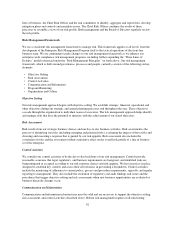 111
111 -
 112
112 -
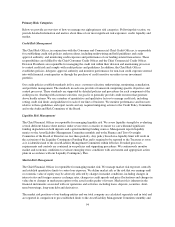 113
113 -
 114
114 -
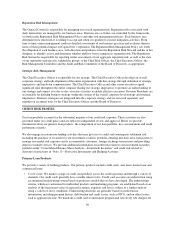 115
115 -
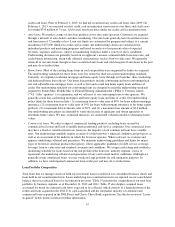 116
116 -
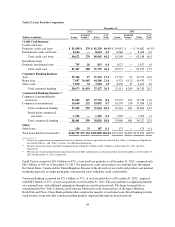 117
117 -
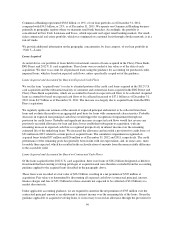 118
118 -
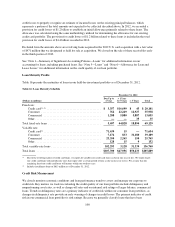 119
119 -
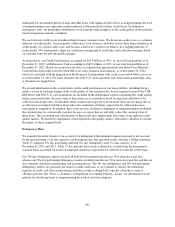 120
120 -
 121
121 -
 122
122 -
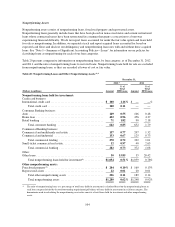 123
123 -
 124
124 -
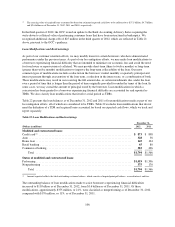 125
125 -
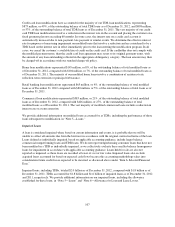 126
126 -
 127
127 -
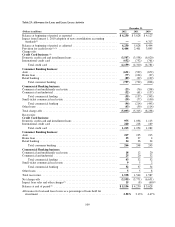 128
128 -
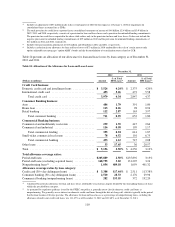 129
129 -
 130
130 -
 131
131 -
 132
132 -
 133
133 -
 134
134 -
 135
135 -
 136
136 -
 137
137 -
 138
138 -
 139
139 -
 140
140 -
 141
141 -
 142
142 -
 143
143 -
 144
144 -
 145
145 -
 146
146 -
 147
147 -
 148
148 -
 149
149 -
 150
150 -
 151
151 -
 152
152 -
 153
153 -
 154
154 -
 155
155 -
 156
156 -
 157
157 -
 158
158 -
 159
159 -
 160
160 -
 161
161 -
 162
162 -
 163
163 -
 164
164 -
 165
165 -
 166
166 -
 167
167 -
 168
168 -
 169
169 -
 170
170 -
 171
171 -
 172
172 -
 173
173 -
 174
174 -
 175
175 -
 176
176 -
 177
177 -
 178
178 -
 179
179 -
 180
180 -
 181
181 -
 182
182 -
 183
183 -
 184
184 -
 185
185 -
 186
186 -
 187
187 -
 188
188 -
 189
189 -
 190
190 -
 191
191 -
 192
192 -
 193
193 -
 194
194 -
 195
195 -
 196
196 -
 197
197 -
 198
198 -
 199
199 -
 200
200 -
 201
201 -
 202
202 -
 203
203 -
 204
204 -
 205
205 -
 206
206 -
 207
207 -
 208
208 -
 209
209 -
 210
210 -
 211
211 -
 212
212 -
 213
213 -
 214
214 -
 215
215 -
 216
216 -
 217
217 -
 218
218 -
 219
219 -
 220
220 -
 221
221 -
 222
222 -
 223
223 -
 224
224 -
 225
225 -
 226
226 -
 227
227 -
 228
228 -
 229
229 -
 230
230 -
 231
231 -
 232
232 -
 233
233 -
 234
234 -
 235
235 -
 236
236 -
 237
237 -
 238
238 -
 239
239 -
 240
240 -
 241
241 -
 242
242 -
 243
243 -
 244
244 -
 245
245 -
 246
246 -
 247
247 -
 248
248 -
 249
249 -
 250
250 -
 251
251 -
 252
252 -
 253
253 -
 254
254 -
 255
255 -
 256
256 -
 257
257 -
 258
258 -
 259
259 -
 260
260 -
 261
261 -
 262
262 -
 263
263 -
 264
264 -
 265
265 -
 266
266 -
 267
267 -
 268
268 -
 269
269 -
 270
270 -
 271
271 -
 272
272 -
 273
273 -
 274
274 -
 275
275 -
 276
276 -
 277
277 -
 278
278 -
 279
279 -
 280
280 -
 281
281 -
 282
282 -
 283
283 -
 284
284 -
 285
285 -
 286
286 -
 287
287 -
 288
288 -
 289
289 -
 290
290 -
 291
291 -
 292
292 -
 293
293 -
 294
294 -
 295
295 -
 296
296 -
 297
297 -
 298
298 -
 299
299 -
 300
300 -
 301
301 -
 302
302 -
 303
303 -
 304
304 -
 305
305 -
 306
306 -
 307
307 -
 308
308 -
 309
309 -
 310
310 -
 311
311
 |
 |

credit losses to properly recognize an estimate of incurred losses on the existing principal balances, which
represents a portion of the total amounts not expected to be collected described above. In 2012, we recorded a
provision for credit losses of $1.2 billion to establish an initial allowance primarily related to these loans. The
allowance was calculated using the same methodology utilized for determining the allowance for our existing
credit card portfolio. The provision for credit losses of $1.2 billion related to these loans is included in the total
provision for credit losses of $4.4 billion recorded in 2012.
Excluded from the amounts above are revolving loans acquired in the 2012 U.S. card acquisition with a fair value
of $471 million that we designated as held for sale at acquisition. We closed on the sale of these receivables early
in the third quarter of 2012.
See “Note 1—Summary of Significant Accounting Policies—Loans” for additional information on our
accounting for loans, including purchased loans. See “Note 5—Loans” and “Note 6—Allowance for Loan and
Lease Losses” for additional information on the credit quality of our loan portfolio.
Loan Maturity Profile
Table 16 presents the maturities of loans in our held-for-investment portfolio as of December 31, 2012.
Table 16: Loan Maturity Schedule
December 31, 2012
(Dollars in millions)
Due Up to
1 Year
> 1 Year
to 5 Years > 5 Years Total
Fixed rate:
Credit card(1) (2) ...................................... $ 3,357 $16,699 $ 45 $ 20,101
Consumer .......................................... 762 22,249 12,927 35,938
Commercial ........................................ 1,288 5,880 5,887 13,055
Other .............................................. — — 35 35
Total fixed-rate loans ..................................... 5,407 44,828 18,894 69,129
Variable rate:
Credit card(1) ........................................ 71,639 15 — 71,654
Consumer .......................................... 7,176 833 31,180 39,189
Commercial ........................................ 23,350 2,265 150 25,765
Other .............................................. 128 15 9 152
Total variable-rate loans ................................... 102,293 3,128 31,339 136,760
Total loans ............................................. $107,700 $47,956 $50,233 $205,889
(1) Due to the revolving nature of credit card loans, we report all variable-rate credit card loans as due in one year or less. We report fixed-
rate credit card loans with introductory rates that expire after a certain period of time as due in one year or less. We assume that our
remaining fixed-rate credit card loans will mature within one to three years.
(2) Includes installment loans of $813 million as of December 31, 2012.
Credit Risk Measurement
We closely monitor economic conditions and loan performance trends to assess and manage our exposure to
credit risk. Key metrics we track in evaluating the credit quality of our loan portfolio include delinquency and
nonperforming asset rates, as well as charge-off rates and our internal risk ratings of larger balance, commercial
loans. Trends in delinquency rates are a primary indicator of credit risk within our consumer loan portfolios, as
changes in delinquency rate provide an early warning of changes in credit losses. The primary indicator of credit
risk in our commercial loan portfolios is risk ratings. Because we generally classify loans that have been
100
